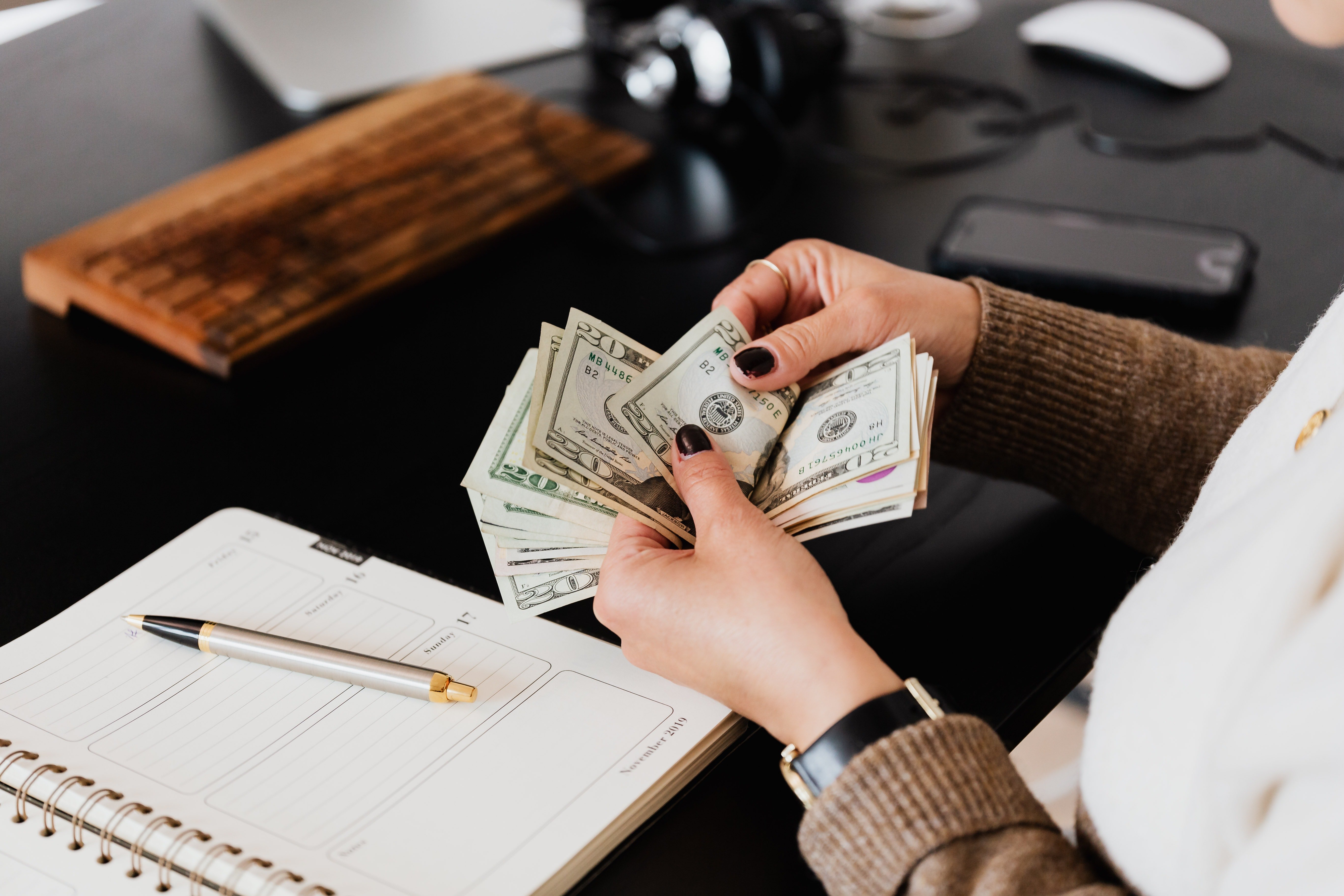
Do you need to sell your car, but still have a balance left on the loan you used to purchase it? This situation may feel intimidating, but it doesn’t have to be a challenge. Selling a financed car just requires a little more paperwork and savvy to ensure everything goes smoothly. This article will walk you through the process of figuring out what kind of equity your car has, and how to use that information to make your sale.
Know Your Loan Balance
-
Find out how much is left on your loan (or lien) by contacting your lender (or lienholder).
-
Request an official payoff letter verifying the remaining loan balance, as well as any additional charges you owe, the date until which that balance will be accurate, and your options for paying it off.
-
You can also ask your lender for advice on how to sell your financed car.
Determine Your Car’s Value
- Review local used car listings and use online valuation tools like 99 Drive’s Instant Offer to determine how much your car is worth, based on its make, model, and condition.
Calculate Your Car’s Equity
-
Subtract your loan balance from the car’s value.
-
If this calculation leaves you with a positive number, that means you have positive equity, and can expect to make a profit from the car’s sale.
-
If this calculation gives you a negative number, then you have negative equity (also known as being “underwater” or “upside-down”). This means you owe more money than the car is worth.

Selling or Trading in to a Dealership With Positive Equity
-
Selling through a dealership will likely be less profitable than selling to a private party, but it will also be simpler, because they will handle all the paperwork.
-
With positive equity, you won’t need the car’s title to complete the transaction: once you pay the dealer, they will pay your loan’s lender and secure the title themselves.
-
You can apply any profit from the sale toward purchasing another vehicle from the dealership or simply receive a check.
Selling to a Private Buyer With Positive Equity
-
Selling to a private buyer is more profitable, but requires more work and patience than selling through a dealership.
-
Make it clear to potential buyers that you don’t have the car’s title. (You can include this information in your sales post.)
-
If you’re worried that disclosing your car isn't paid off will scare away potential buyers, wait until someone shows serious interest in your car to let them know.
-
The best place to make the sale is at your lending institution, so the buyer can pay the lender directly, and then the buyer or the lender can pay the remaining sale profit to you.
-
If your lending institution is far away, has no physical location, or your buyer can’t meet in person, you must visit a DMV office to get a temporary operating permit, which allows the buyer to drive the car.
-
The car’s title will be officially transferred to the buyer once the loan is paid off.
Negative Equity: What You Should Know
-
Negative equity makes it harder to sell your car, but you'll still be able to do so as long as you're informed.
-
According to data collected by the online automotive guide Edmunds.com, roughly a third or more of trade-in cars in recent years had negative equity.
-
Pay off the remaining loan balance if you can afford to, because that will make your car easier to sell.
-
If the negative equity is more than you can pay (and you don’t want to take out a loan to cover it), your next best option is waiting to pay your loan down before selling.
-
If you choose to sell your car before the negative equity is paid off, the next sections will explain your options.

Selling or Trading in to a Dealership With Negative Equity
-
This method is easier than selling independently because dealerships will handle all the paperwork and will have experience purchasing “underwater” cars.
-
After the sale, you will owe your remaining loan balance to the dealership.
-
If you decide to trade in your car for another one, the dealership can add your negative equity to the new car’s loan.
Selling to a Private Buyer With Negative Equity
-
If you sell to a private buyer, they can either pay the sale price to you or your lender.
-
If the buyer pays you, you must then pay that money to your lender to reduce the loan balance.
-
In order to complete the sale, you will have to come up with enough money to cover the rest of the loan.
-
If you have good credit, you might consider taking out a loan through your bank or an online lender to pay off the remaining balance, which you can then repay once the car is sold.
-
If you take out a loan to cover your balance, make sure you choose one with a low interest rate.
If your car isn't paid off, selling it will require a few extra steps, but that doesn’t mean it can’t be done. As long as you take the time to research which option is best for your financial situation and personal preferences, you can get your financed car off your hands without too much hassle. Give 99 Drive’s Instant Offer a try today!